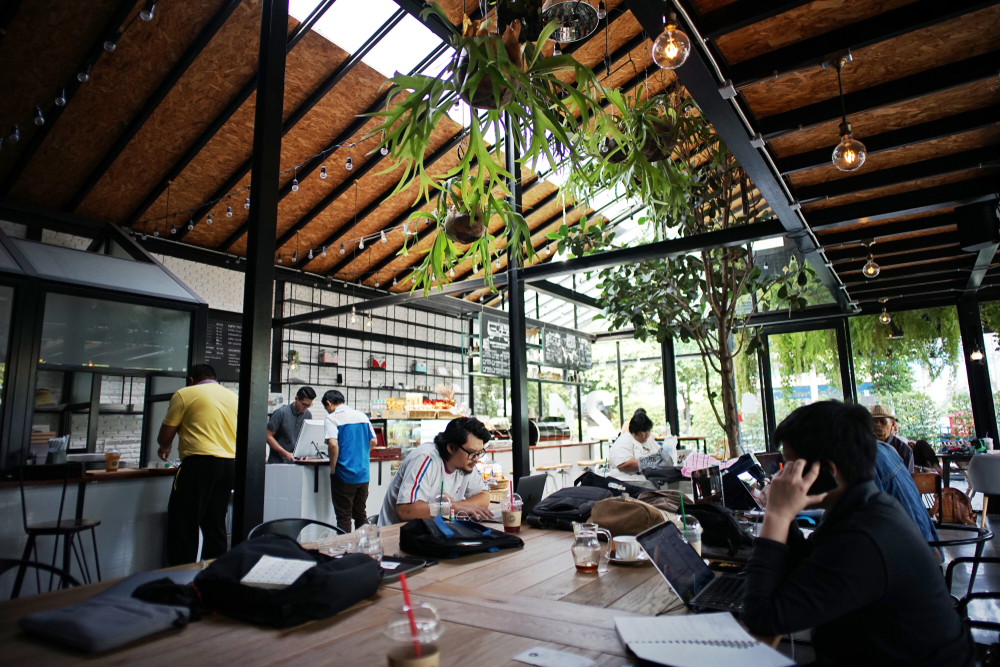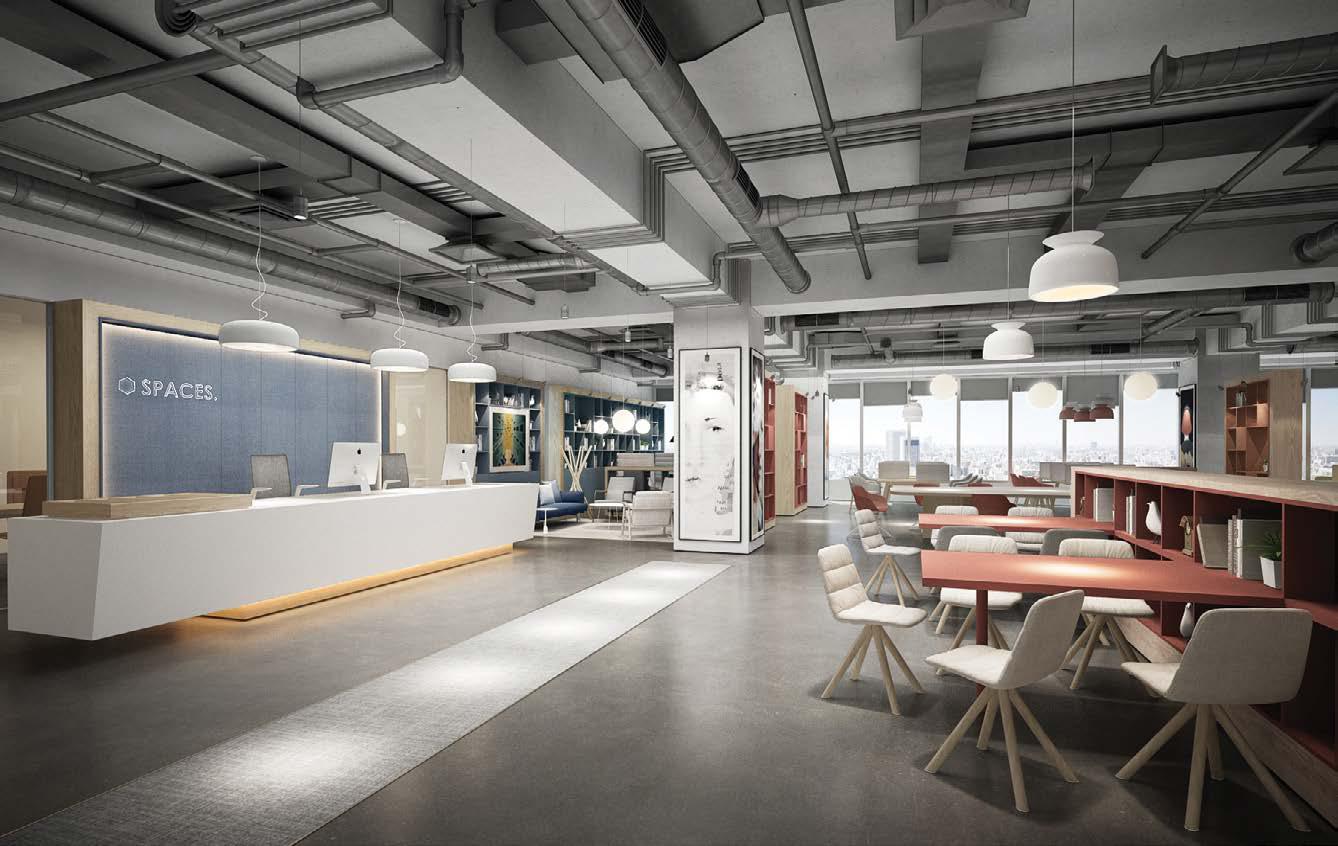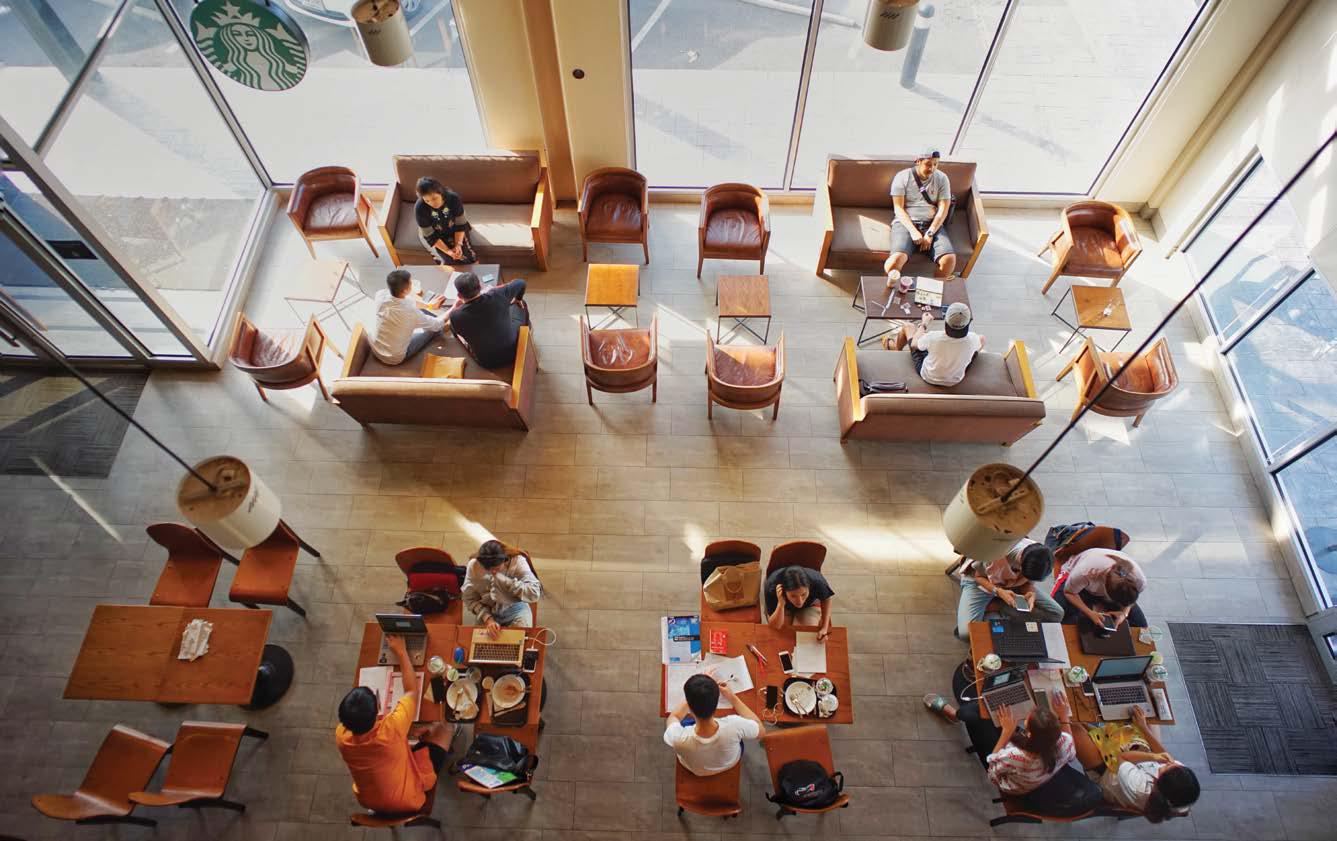Demand for co-working spaces shift amid COVID-induced flexible work arrangements
The pandemic may have halted the single-origin, coffee-fuelled momentum of the co-working trend, but industry pioneers in Asia say that their models can adapt to a growing culture of flexible officing

Minimalist interiors, millennial amenities, and open-plan layouts accented by the scent of single-origin coffee have become a familiar scene for the legions of flexible workers who have traded the 9-to-5 office environment for co-working spaces. In little over a decade, the industry has evolved from off-the-cuff creative spaces often located in derelict buildings with nominal overheads, to a common fixture in commercial buildings, condominium lobbies, and community malls in most major cities around the world.
Buoyed by the startup boom, advancements in technology, and their appeal as cost-effective alternatives to traditional offices, a spectrum of agile co-working options have since taken shape, ranging from on-demand workspaces and memberships to short-term, flexible spaces. According to property consultancy JLL, the global co-working industry has grown by an average of 25 percent year-on-year since 2014, accounting for almost one-fifth of leasing activity in many markets in 2019. And while the volume of co-working spaces in Asia Pacific still lags behind the US and Europe, CBRE reports that it has soared in five years from less than 10 million to 71 million square feet as of March 2020—the equivalent to 4 percent of total office stock in the region.
Yet the outbreak of the pandemic in early 2020 hit the industry harder than most. Just as traditional corporate offices have been deserted for much of the year, so too have co-working spaces. “Flexible space has not been spared the effects of the pandemic,” says Sidharth Dhawan, CBRE’s Asia Pacific agile real estate lead. “Attendance has been affected as lockdowns and social distancing force members to work from home. Numerous operators have shortened operating hours or closed facilities temporarily, and growth in new memberships has been delayed as potential users suspend inspections and trim operational expenditure for immediate cost-saving.”
In Asia Pacific, where rates of infection have been considerably lower, many flexible working spaces managed to at least reopen as lockdown measures loosened. Adherence to government guidelines and personal safety concerns, however, are already reshaping the physical dynamics of and asking questions about the sustainability of the business model.
If six-feet-apart social distancing is required, it considerably reduces the space allocated for individuals. In practice, this means many flexible offices are recording extremely low utilisation rates and, in some cases, remain almost vacant. Operators that can accommodate such capacity reductions would also need to consider the invariably costly modifications required to minimise contact with surfaces and maintain a distance between people where possible.

“There’s been a lot of talk about how to make spaces more appealing in the post-pandemic era, but what is not discussed is how much these upgrades will add to the rental costs for operators. For older buildings and those in the Grade-B segment, the biggest issue is whether retrofitting is possible and whether it is even worth it,” says Amarit Charoenphan, co-founder of Hubba, one of Thailand’s first co-working companies. “Instead, the industry needs to confront the elephant in the room and ask ‘does coworking need to be tied to a physical space?’”
Indeed, technology is already being used by several operators to create virtual co-working communities. The most successful examples often involve scheduled video calls on such platforms as Zoom, to which displaced co-working members can log in and work, socialise, or attend live webinars.
But beyond aesthetic alterations, a heightened focus on hygiene measures, and adoption of tech, the greatest challenge the industry faces is reacting to the shifting user demographic and embracing new business models.
Even before the outbreak, a series of well-known co-working operators were showing signs of failing to generate self-sustaining cashflow. Depending heavily on regular cash injections by venture capital funds or from initial public offerings, many relied on an investment philosophy that kept their cash burn operations going to gain market share.
The highest-profile case of the flawed model is the implosion last year of WeWork. The house of cards fell for the world’s largest flexible space operator soon after it publicly filed documents for an initial public offering of shares. Investors jumped ship and the company’s proposed valuation immediately dropped by more than half before the IPO was called off entirely. As of May 2020, WeWork was worth less than 10 percent of its peak value of USD47bn.

“Before the pandemic, the co-working industry was having trouble convincing mainstream businesses to hive off their long-term office leases to them,” says Alan Cheong, executive director of research and consultancy at Savills Singapore. “The popular model, therefore, was a free sharing membership model, whereas attracting large-scale, long-term occupiers was often an afterthought. In a post-Covid world, the popularity of the two models has dramatically reversed.”
Indeed, most analysts agree that flexible space could become one of the most viable solutions for large-scale occupiers seeking to accommodate social distancing protocols in Asia Pacific’s already dense office environments, with those operators that emerge from the virus storm transitioning to a hybrid model that targets both casual and long-term tenants. This bodes well for employees in Asia Pacific, 61% of whom claimed they missed going to the office and would favour a hybrid model combining more flexible work arrangements, a recent JLL study showed.
This increase in workplace mobility programs is expected to create a reduction in density and necessity for traditional office space. Tenants, meanwhile, are expected to turn to flexible space to set up smaller, satellite offices that reduce commute times and dependence on public transport. Should this approach gain traction in the medium- to long-term, large occupiers could end up utilising a mixture of leased space, flexible space, and remote-working.
“Co-working businesses need to adapt simply because the customers that were there pre-Covid no longer need the same type of spaces as before,” says Mario Berta, founder and CEO of FlySpaces — a leading co-working, office, and event space platform based in Southeast Asia — and former PropertyGuru Philippines Property Awards judge. “The crisis will generate a large number of new tenants that will experience flexible office space and its benefits for the first time. This could increase the likelihood those tenants will use it for their permanent office or at least include it in their permanent business continuity plans.”
Many businesses are also opting for flexible space over traditional offices as a way to counter recent economic scarring and reduce any future financial risks. An announcement in October revealed that Tencent, the firm behind WeChat, is planning to occupy a co-working space for its inaugural office in Singapore. The Chinese tech giant’s first physical foray into Southeast Asia will see it rent almost 200 seats at JustCo’s co-working space in OCBC Centre East at Raffles Place, amounting to 10,000 square feet for an initial one-year period.

The opportunity, meanwhile, to capitalise on the loss of co-working operators has not gone unnoticed by investors and real estate developers, some of which are already repurposing vacant spaces to accommodate their in-house brands. Recent co-working brand launches by high-profile developers include Clock In by Philippines-based Ayala Land, Bridge+ by CapitaLand, and Kloud by Keppel Land.
Analysts expect this trend to bring additional capacity to the market but at a much more competitive price, due to developers’ lack of lease overheads. And given the current economic uncertainty and lack of desire to commute, tenants are likely to prefer occupying co-working spaces within their residences or at least environments with controlled access.
Ultimately, the pandemic has shown that the co-working spaces are not only viable but can flourish in the future, albeit with substantial tweaks to the concept—some of which were already touted before the outbreak. And although the industry has been significantly impacted in the short-term, demand is expected to soar as companies increasingly prioritise employee peace of mind and workforces embrace technology and flexible spaces.
“Coworking is a way of working and space is just an office that facilitates that,” says Hubba’s Amarit. “Now that people will most likely split their time between offices, co-working spaces, and home as part of the new normal, it’s time for the industry to transform. We need to disrupt ourselves before we are the ones being disrupted again.”
This original version of this article appeared in Issue No. 163 of PropertyGuru Property Report Magazine
Recommended
Why everyone is moving to Selangor and Johor: Malaysia’s real estate comeback
Malaysia’s upturn in fortunes is especially prevalent in secondary destinations such as Selangor and Johor
Penang’s silicon boom: How the US-China tech war is supercharging local real estate
Penang’s booming semiconductor industry has created ripples within the local real estate sector
New leader, new opportunities: How Hun Manet is shaking up Cambodia’s real estate game
Hun Manet is overseeing decent economic growth and widening access to the country’s real estate market for foreigners
Singapore embraces inclusive housing reforms amid resilient demand
The Lion City’s regulatory strength continues to exert appeal for international investors








